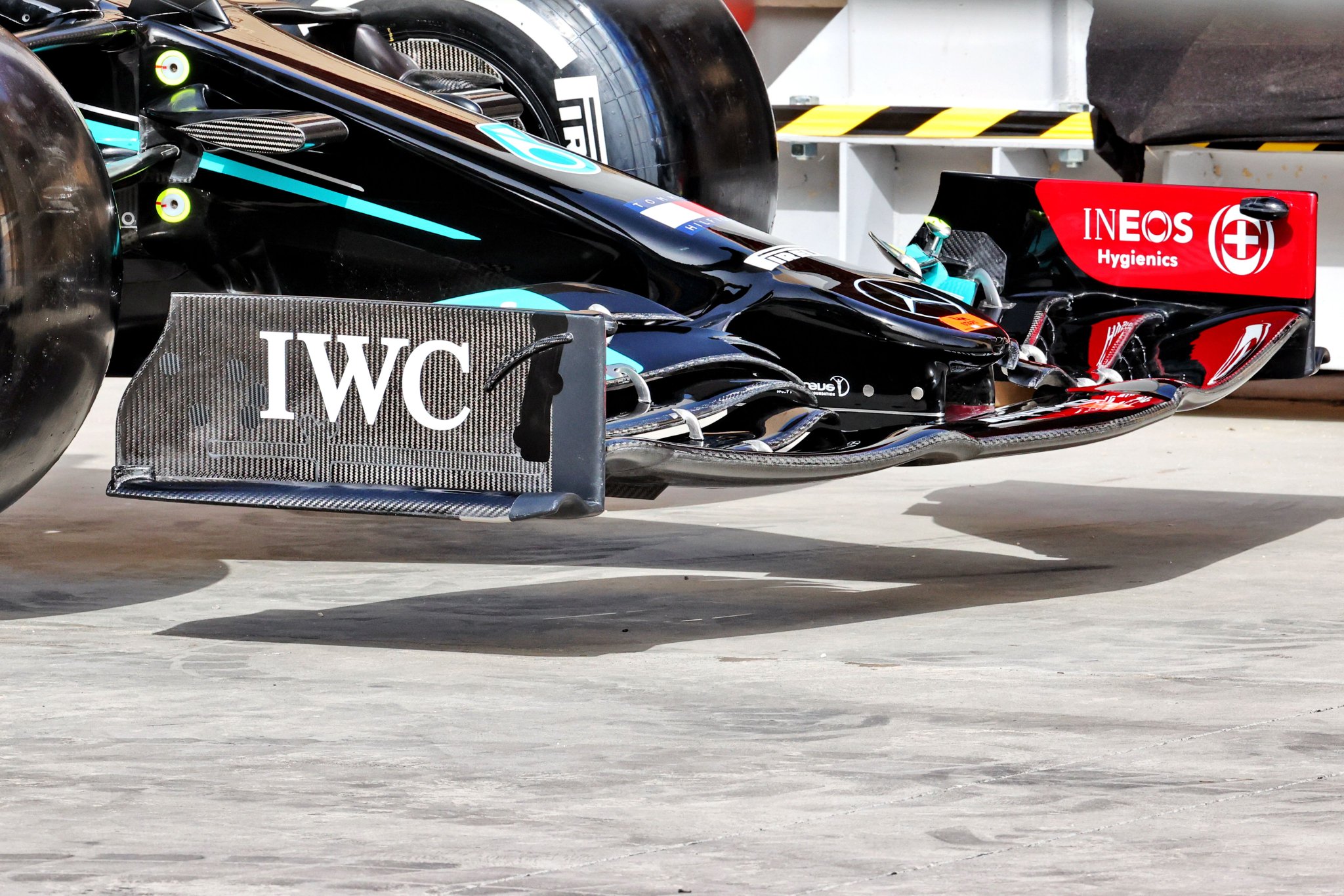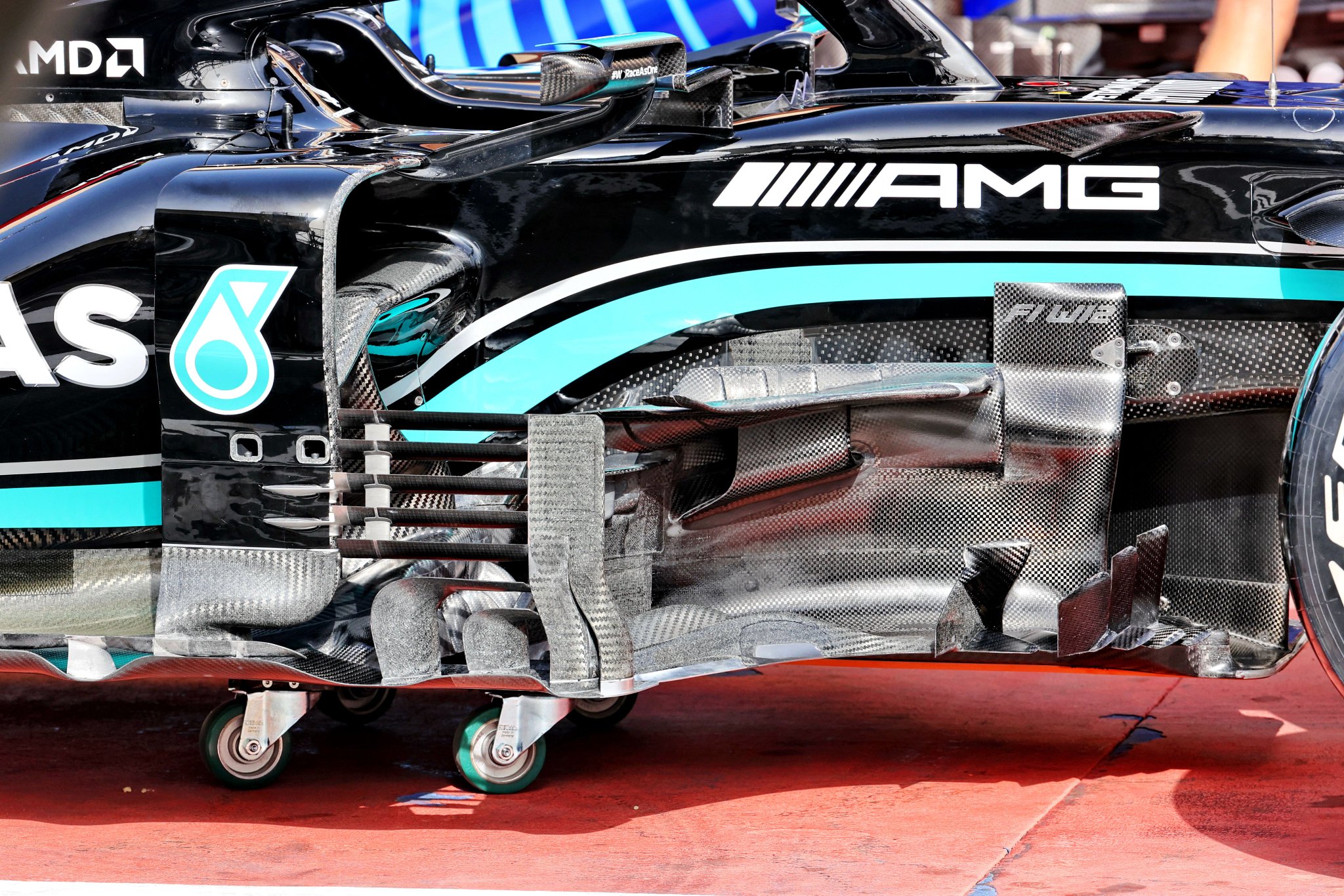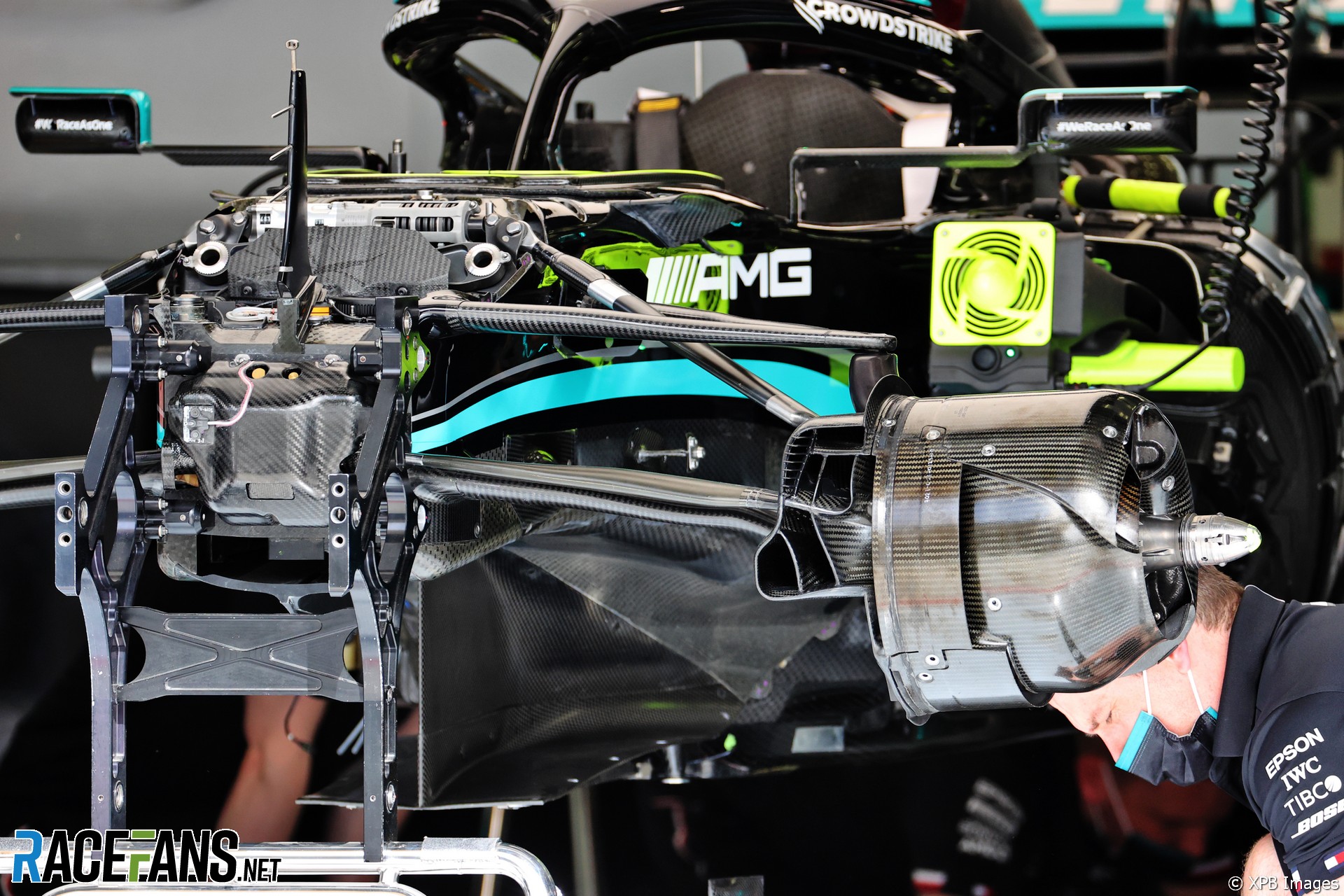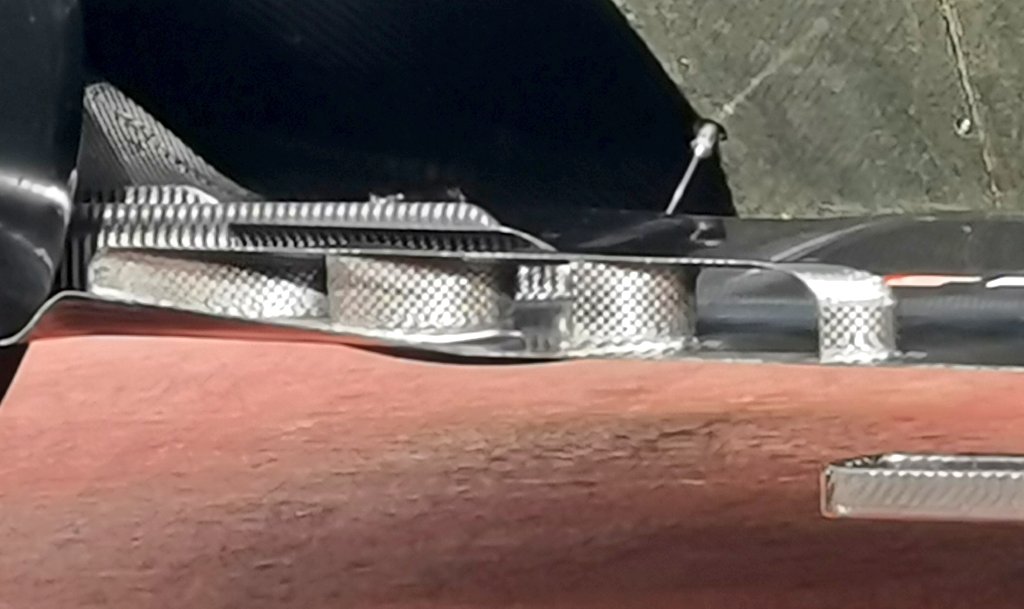https://www.auto-motor-und-sport.de/for ... -nachteil/
Update from AMuS.
Mercedes confirms that low rake is more affected by the new regs, and that they have worked harder on the floor than the high rake cars to try to compensate. Also, it seems that their internal estimates/targets were off, whether it's the W12 development underdelivering, or the quantum of downforce loss at the rear.
So all in all, the issues do seem genuine and do not indicate Mercedes was heavily sandbagging.
Twelve days later, the problems are circled, although not yet entirely clear. The Friday training session has to show how exactly the analysis by the Mercedes engineers and their reaction to it actually counts. According to Mercedes, the instability in the rear can be attributed to three factors: the aerodynamics, the new Pirelli tires and the realization that vehicle development over the winter did not quite meet expectations.
The angled cut of the underbody in front of the rear wheels and the prohibition of slots in the base plate in this area hit cars with a low angle of attack harder than their counterparts.
It is therefore no coincidence that Mercedes and Aston Martin have put more work into the front part of the underbody than the competition. Mercedes with a waveform of the floor, Aston Martin with two to three levels. Both should create wake vortices in order to seal the diffuser further back in this way and to artificially supplement the missing area. Apparently not yet with the desired result.













